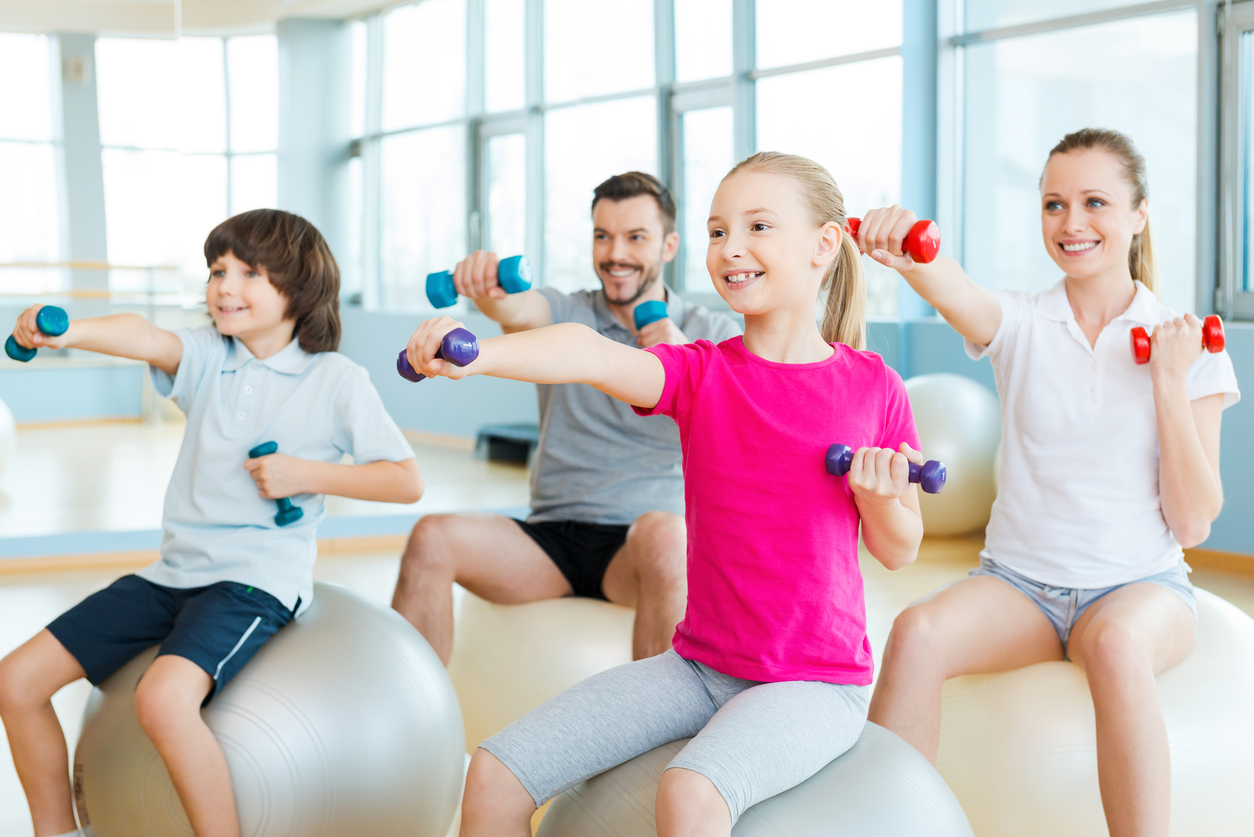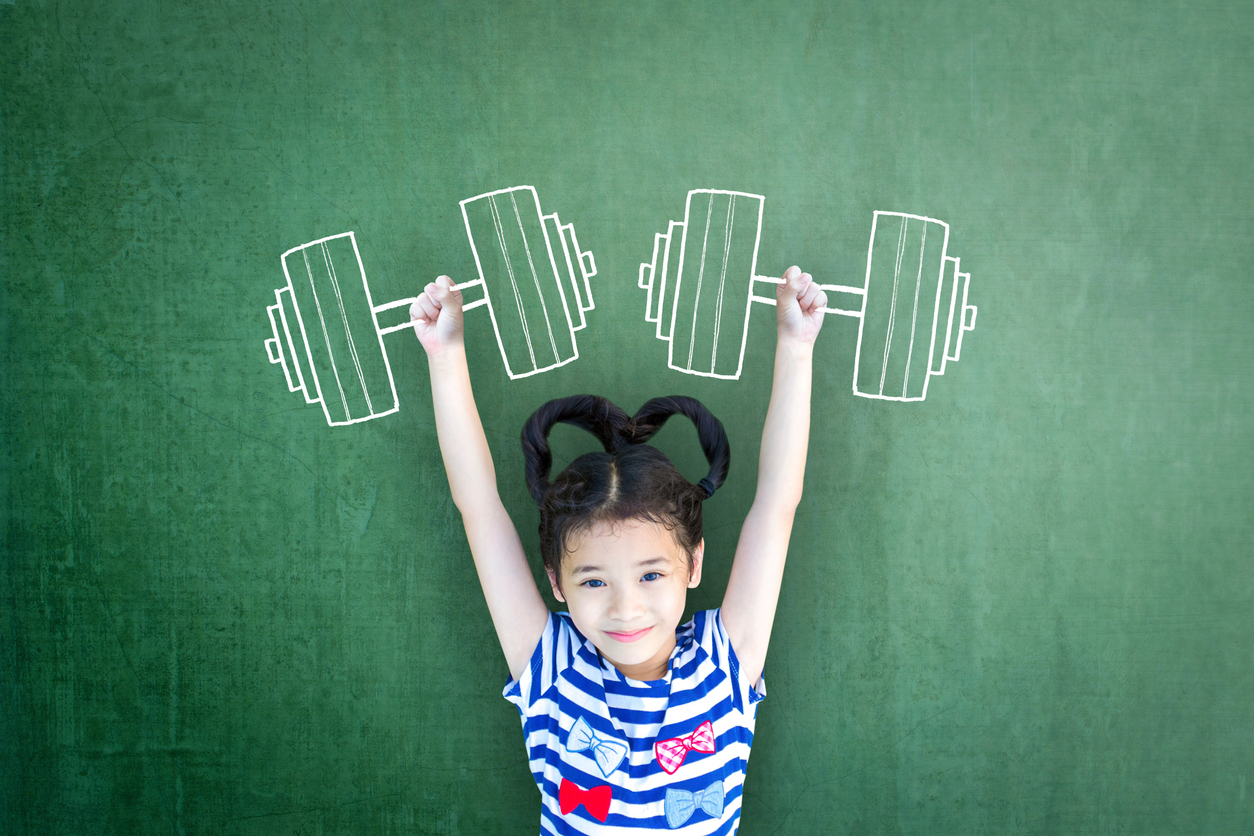~ Mike Hanik
As homeschoolers, we often profess to believe in providing a learning environment at home which encourages creativity and whole person development. At Family Time Fitness, we challenge all homeschoolers to reprioritize their home-based learning environment to include physical education. As homeschoolers we believe that children learn best in a family environment at home and this is true for physical education. Family Time Fitness has designed an at-home program to encourage physical fitness and athletic development in the context of family where learning happens best.
A lot of what happens in homeschooling is that we’ll send our kids out for play time and we think that’s physical education, and there’s a really big difference between physical education and playtime. Playtime is when the brothers and sisters go out in the yard and play a game or do an activity usually that they have done before. The question is what are the movements that are being unconsciously selected? They are usually body movements that are already familiar and practiced. If unfamiliar movements are encountered, it is potentially in a context which can result in injury. Consider the following scenario. The children are out playing in the yard. Big brother, who is more coordinated, walks across the log balancing as he goes. He encourages little brother to do the same, or little brother naturally wants to follow. The problem is that little brother does not have the skills, he is not ready for that activity. He is not being trained to do this new activity, he is being induced by circumstance to attempt something he is not ready to do. So he walks across the log, loses his balance, and gets injured. “Mom, Caleb fell off the log!” “Oh well, that’s just playtime and boys being boys!”
So during playtime, the child’s body goes through motions that are already familiar and often avoids motions that are not familiar. If they do end up exploring new movements during undirected playtime, it can potentially place them in a compromised situation. This does not efficiently educate the child’s body. What we call physical education is when the child is directed through a sequence of movements that build the body’s coordination, balance, strength, agility and neurological development. What physical education does is provide a safe structured environment and lesson plan for children to learn new body movements in an efficient and effective manner. Being proficient at basic body movements will build athleticism and neurological balance that will support more challenging activities such as sports. Being neurologically integrated also promotes efficient academic learning and emotional well-being.


